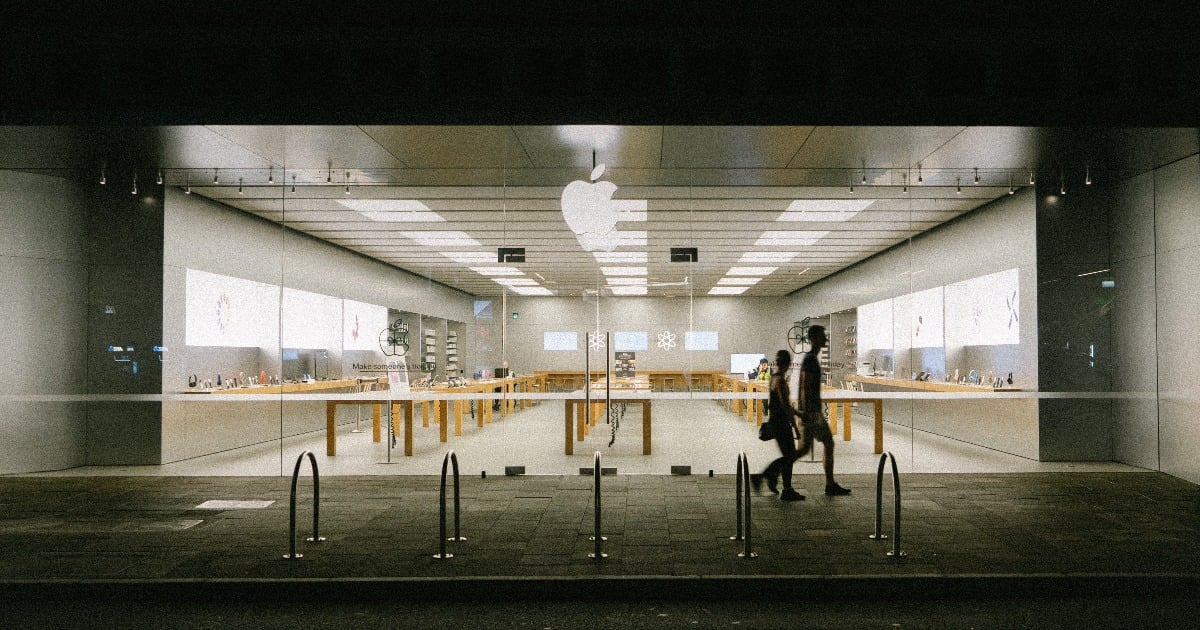High fashion is a tough business, with each season bringing a new look, and retailers and brands trying to stay ahead of the trends. But challenges that simple are a thing of the past - fashion and apparel brands are faced with uncertainty around trade agreements, tariffs, political environments, social campaigns against textile waste, retailer closures, and much more.
The numbers say that the end of 2019 was a wash with apparel sales up just 1% towards the end of 2019. And we know that this time last year wasn't great - sales at apparel retailers, across many brands, was down 24% for the first quarter of 2019, according to news reports that cite analytics from Retail Metrics. Earnings had been heading upward at a good clip since the third quarter of 2017. Indeed, in the first quarter of 2018, apparel retailers’ earnings jumped by 26%. But that doesn't mean the apparel industry shouldn't be optimistic for 2020. Plus, overall market numbers don't necessarily have to reflect on what's happening for your brand - what you do in-stores, for your brand, that your competitor isn't doing does make a big impact.It might seem obvious, but when a customer steps on to the sales floor, they want to see merchandise. Not empty racks and poor selection. Our research showed that stores with full displays sell 43% more per quarter than stores with displays that are not full.
Furthermore, inventory accuracy is only at about 50%-60% for many retailers, due to bad data and out of date reports. The options for your brand don't have to be limited to the retailer and store associates - a third-party vendor that leverages other types of technology and in-store service can have significant ROI of a 2-5x over investment, to help you keep racks full, inventory available, and give you visibility beyond basic end of quarter POS data.
Check out case studies to see what types of results your brand could experience.



